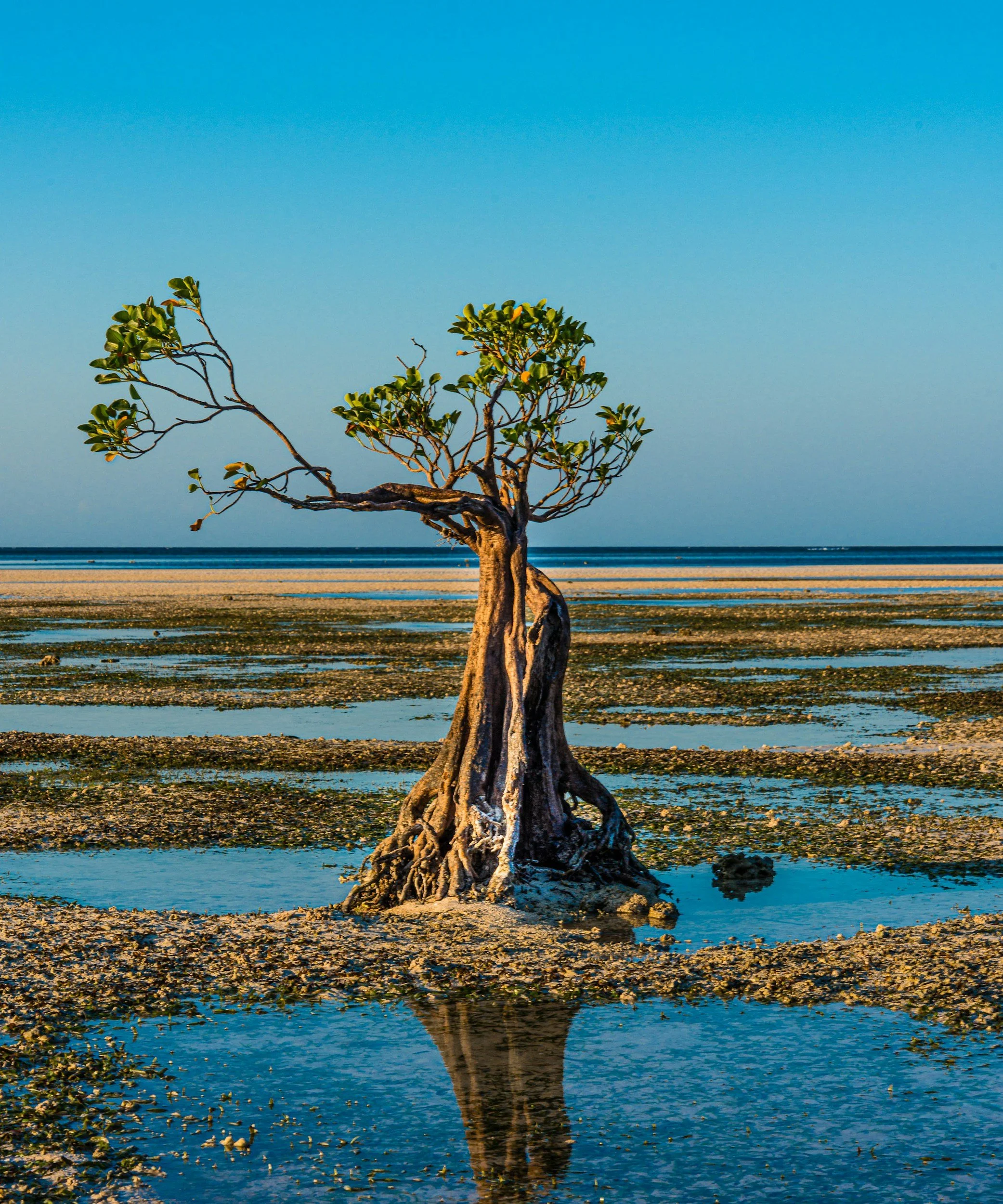What the Mangrove Tree Taught Me About Staying Rooted
Mangrove tree
The black mangrove tree, Avicennia, grows where most plants cannot — in shifting tides of saltwater and sand. Its roots stretch down for stability and rise above ground for breath. When I first learned about this tree, I recognized something of therapy in it: rooted, adaptive, alive in uncertainty.
In therapy we often describe healing as a process of expanding the self’s capacity to stay present — to remain rooted even as emotional tides rise and fall. We don’t eliminate the waves; we learn to breathe through them. Through slowing down, naming sensations, and meeting emotion with compassion rather than judgment, we begin to feel anchored again — even when life feels unpredictable.
This kind of resilience isn’t about toughness or perfection. It’s about flexibility, regulation, and connection. We discover that we can be moved without being swept away.
Cennia Psychotherapy takes its name from this tree for that reason — it represents the way we grow strong and supple through life’s changing conditions. Therapy offers the same possibility: to become rooted, not rigid; open, not overwhelmed; alive, not lost.


